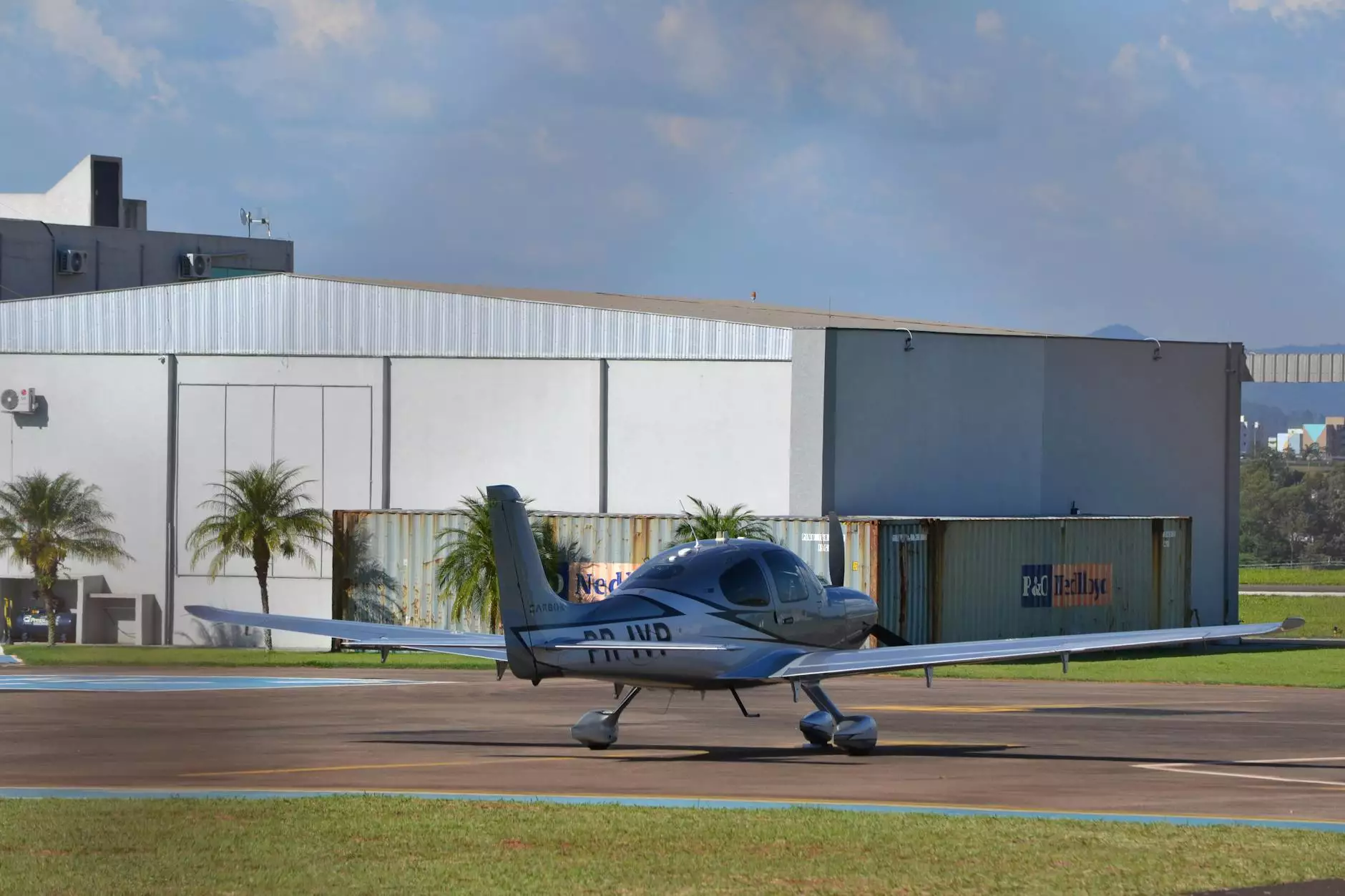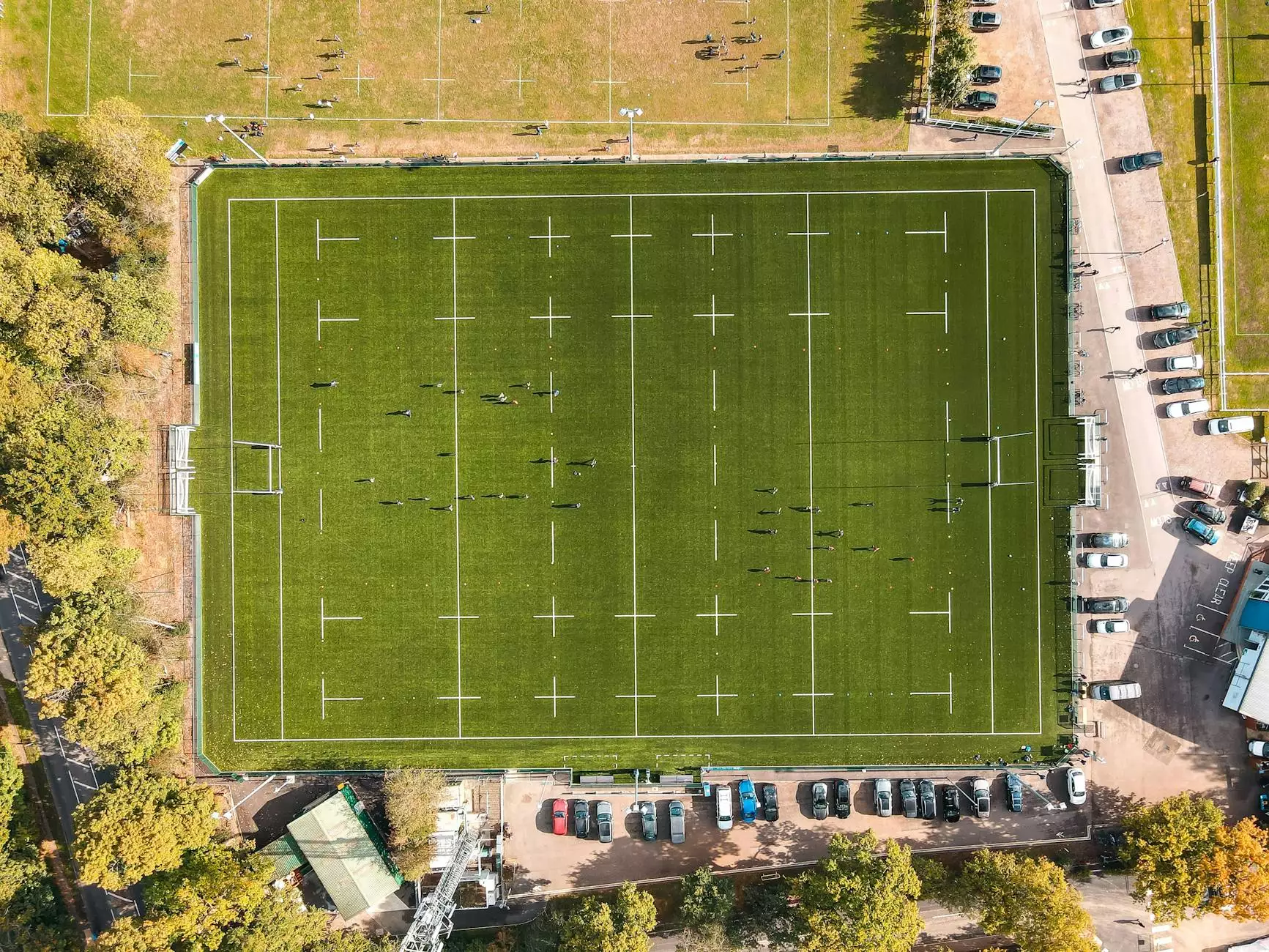Understanding the Deep Plane Face Lift

The deep plane face lift has emerged as a revolutionary procedure in the realm of cosmetic surgery, providing a natural and youthful appearance that many desire as they age. This article delves into the intricacies of this remarkable surgical technique, its benefits, and why choosing a qualified surgeon is critical for achieving optimal results.
What is a Deep Plane Face Lift?
The deep plane face lift is a sophisticated surgical technique designed to combat the effects of aging, effectively lifting and repositioning the skin and underlying tissues of the face. Unlike conventional face lifts, which primarily address skin laxity, this method focuses on the deeper layers of the facial structure. By lifting the SMAS (superficial musculoaponeurotic system), this approach allows for a more comprehensive rejuvenation, resulting in a more youthful and natural appearance.
Benefits of a Deep Plane Face Lift
There are numerous advantages to opting for a deep plane face lift, making it a popular choice for individuals looking to refresh their look. Here are some of the significant benefits:
- Natural Results: By addressing the underlying structures, patients achieve a revitalized appearance without a tightly pulled look.
- Long-lasting Effects: The results of a deep plane face lift can last for years, typically between 10 to 15 years, making it a worthwhile investment.
- Improved Jawline Definition: A deep plane face lift enhances the jawline and reduces sagging, offering a more sculpted facial contour.
- Enhanced Recovery Experience: Many patients report quicker recovery times compared to traditional techniques, reducing downtime significantly.
- Comprehensive Treatment: This procedure addresses multiple areas, including the cheeks, neck, and jawline, providing a holistic approach to facial rejuvenation.
Who is a Good Candidate for a Deep Plane Face Lift?
Determining whether you are a suitable candidate for a deep plane face lift involves several factors. Generally, the ideal candidates are:
- Individuals aged 40 and older showing signs of aging in the face and neck.
- Those experiencing significant skin laxity in the lower face, jawline, and neck.
- Healthy individuals without underlying medical conditions that may complicate surgical procedures.
- People who have realistic expectations about the outcomes of surgery.
Preparing for Your Procedure
Preparation is key for a successful deep plane face lift. Here’s what to consider:
- Consultation: Schedule a thorough consultation with a board-certified plastic surgeon, such as the experts at drermanak.com, who can evaluate your facial structure and discuss your goals.
- Medical Evaluation: Undergo a complete medical evaluation to ensure you are fit for the surgery.
- Avoid Tobacco: Refrain from smoking at least two weeks before the surgery, as this can hinder healing.
- Medications: Discuss any medications or supplements you’re taking with your surgeon. Certain medications such as aspirin should be avoided before surgery.
The Deep Plane Face Lift Procedure
The surgical process for a deep plane face lift typically involves the following steps:
- Anesthesia: The procedure begins with the application of anesthesia, ensuring that the patient is comfortable and pain-free throughout the surgery.
- Incision: Incisions are strategically placed around the ears and in the hairline, minimizing visible scarring.
- Elevation: The surgeon carefully lifts the deep tissues, including the SMAS layer, while repositioning the skin for a firmer and more youthful contour.
- Closing the Incision: Once the desired positioning is achieved, the surgeon will meticulously close incisions with sutures or clips.
Recovery and Aftercare
Post-operative care is crucial for a successful recovery. Typical recovery from a deep plane face lift includes:
- Swelling and Bruising: It is common to experience swelling and bruising, which can last for several weeks. Applying cold compresses can help alleviate discomfort.
- Follow-up Visits: Attend all scheduled follow-up appointments to monitor healing and remove sutures if necessary.
- Limit Physical Activity: Avoid strenuous exercise for at least six weeks to promote healing.
- Skin Care: Use gentle skin products as recommended by your surgeon, and avoid sun exposure to protect healing skin.
Potential Risks and Considerations
As with any surgical procedure, a deep plane face lift carries certain risks. Understanding these can help you make an informed decision:
- Infection and bleeding
- Asymmetry or unanticipated results
- Scarring
- Nerve damage affecting facial sensation or movement
Choosing the Right Surgeon
To achieve the best results from your deep plane face lift, selecting a qualified and experienced plastic surgeon is essential. Look for:
- Board Certification: Ensure your surgeon is certified by the American Board of Plastic Surgery.
- Experience: Choose a surgeon with extensive experience in facial procedures and specifically in deep plane face lifts.
- Before and After Photos: Reviewing previous patient cases can provide insight into the surgeon’s skill and results.
- Personalized Consultation: An initial consultation should be informative, addressing all your questions and concerns with professionalism.
Conclusion
The deep plane face lift represents a paradigm shift in facial cosmetic surgery, providing patients with a natural-looking, long-lasting solution to aging. Through proper preparation, an understanding of the procedure, and careful selection of a qualified surgeon, individuals can attain their aesthetic goals and enjoy the confidence that a rejuvenated appearance brings. For expert guidance, visit drermanak.com to explore your options and schedule a consultation today.








